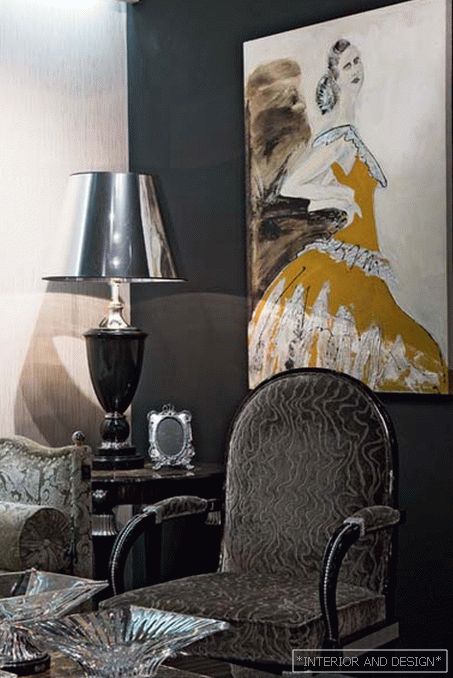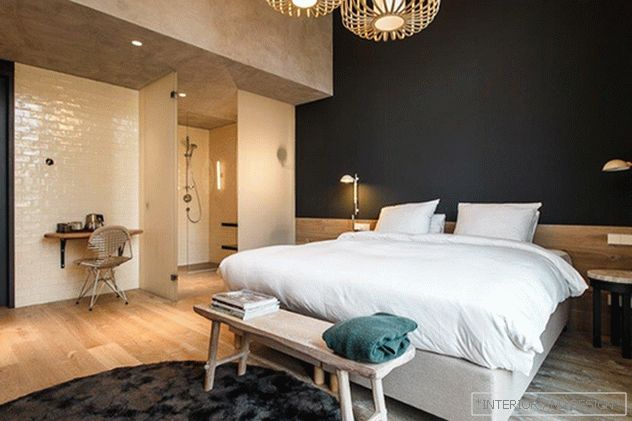History fireplace
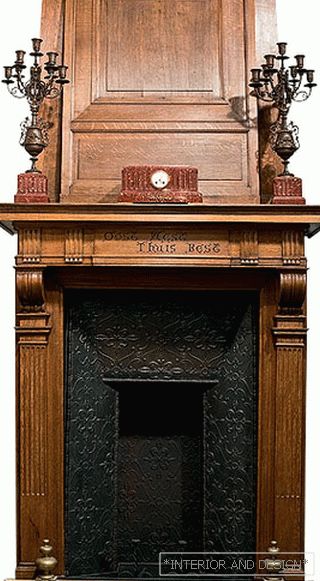
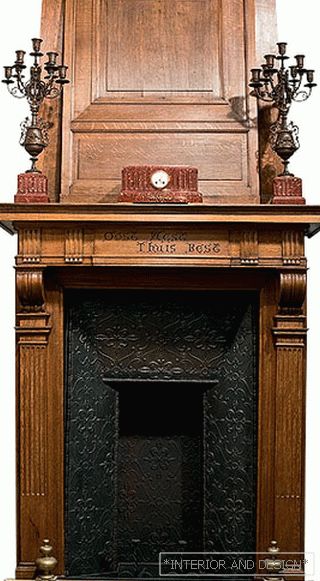
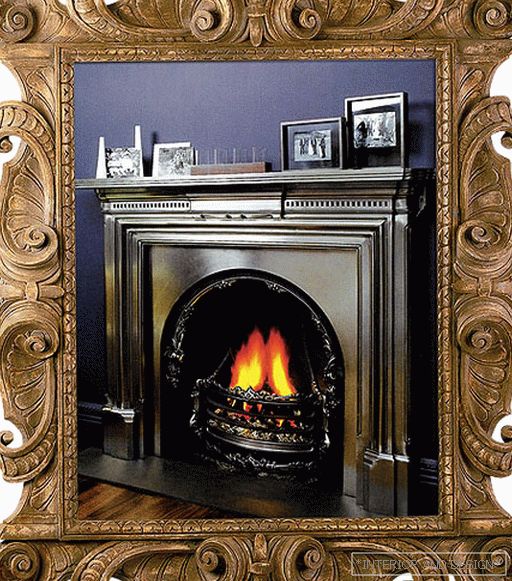
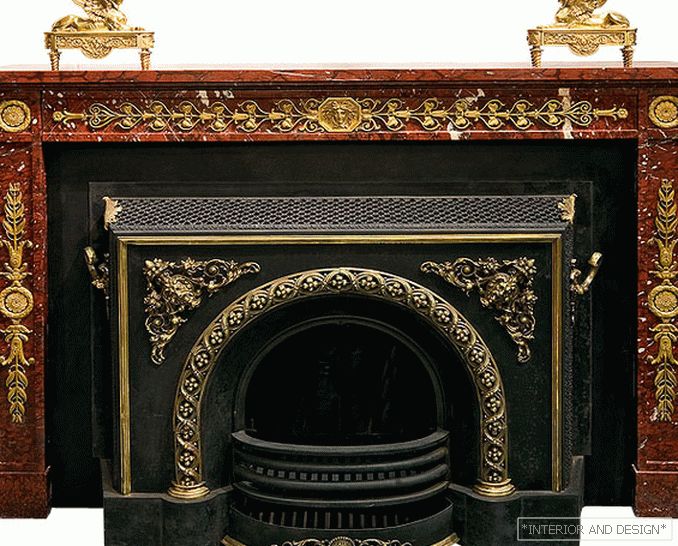
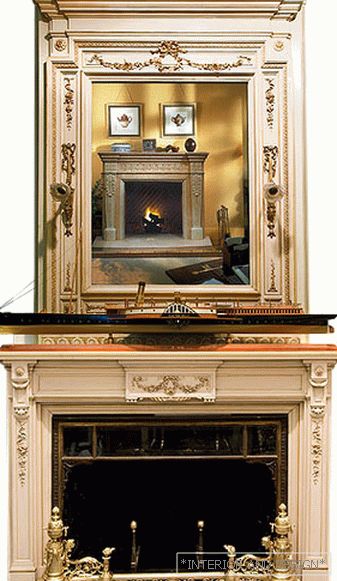 Passing the gallery
Passing the gallery Leading headings: Marina Volkova
A photo: Elena Savina - from the archives of the press services
Magazine: N6 (139) 2009
The first foci were laid out of stones and drowned with dry branches. When the house stopped being just a cave, a hut, a collapsible temporary structure and capital buildings appeared, the problem arose: what about open fire? And they came up with fireplaces. The ancient fireplace was not a single whole with the wall. It was a detached impressive structure (for example, in Roman dwellings it looked like a mini-temple). In the medieval castles, the portal was attached to the wall. To protect it from overheating, it took a cast-iron firebox with a backdrop. In the Renaissance, the fireplace portals began not only to be laid out of bricks, but also to be cut from hard rock - marble and granite. In the XVIII-XIX centuries, fireplaces turned into original works of art from both a technical and artistic point of view.
In Russia, they appeared with the filing of Peter I as a sign of Europeanization. Few ancient samples have survived to the present day, mostly they belong to the XIX century. Great luck - to find a fireplace with a "native" firebox. Most often, a suitable size for a ready-made portal is selected. Many modern factories make replicas of vintage designs or "in style" models that interpret historical motifs. Experts agree that these things have a great future in the status of modern antiques.


